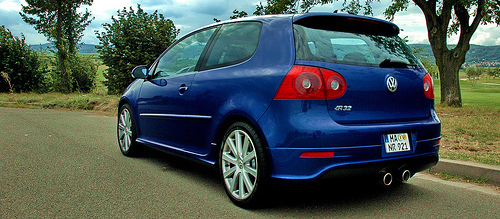
If you’re in the market to lease a new car, you’ve probably heard the phrase “residual value” get tossed around. The residual value is essentially what the car is worth after it has been used for “x” amount of years, and is based on a number of factors, including popularity, make, model, reputation, competition, production volume, etc.
Obviously, the more the car is in demand, the more it will be worth later down the road. If a car is produced on a limited basis and quite popular, it will hold its value better than say a car that has been mass produced with known faults.
Below is a list of the best worst residual values after five years as compiled by Automotive Lease Guide:
Best Residual Car Values
1. Volkswagen R32 – 43%
2. Jeep Wrangler – 42.9%
3. Mini Cooper – 42.7%
4. Scion XB – 39.5%
5. Honda CR-V – 39.4%
6. Toyota RAV4 – 38.9%
7. Infiniti G35/G37 – 38.9%
8. Dodge Viper – 38%
9. BMW 1 Series – 37.8%
10. Nissan Rogue – 37.5%
Worst Residual Car Values
1. Lincoln Town Car – 18%
2. Chevrolet Uplander – 18.5%
3. Kia Spectra – 18.8%
4. Suzuki Reno – 19%
5. Kia Rio – 19.2%
6. Hyundai Accent – 19.3%
7. Suzuki Forenza – 19.5%
8. Kia Optima – 20%
9. Chevrolet Malibu Classic – 20%
10. Hyundai Entourage – 20%
As you can see from the lists above, higher-end Asian manufactured cars like Toyota and Honda hold their values well, along with European favorites such as the Mini and BMW. These cars are better lease candidates because you’ll get more car for your buck because of their strong residuals.
On the other hand, the second list is full of bad lease candidates, largely because their residual values are so poor. These cars have very little demand, and make reselling them a bear, which is why they’re probably better to buy outright than lease. Learn more about why residual values matter.
(photo: daxis)